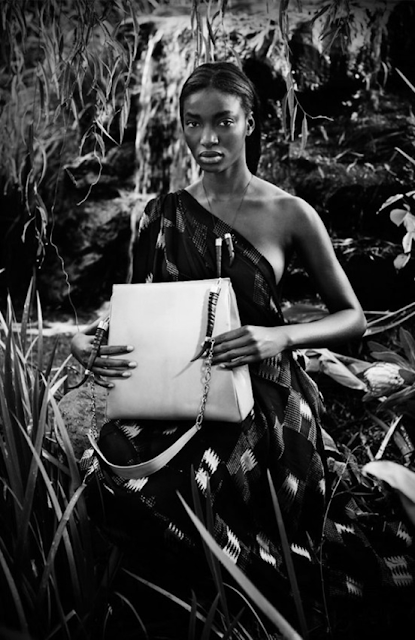
Taking on a project like A Universal Language requires one to be level headed and articulate. Film production is not easy. A strong motivated team can be the difference between a project’s success and failure. It’s important for me to explore film production so early in my career because I’m passionate about telling the untold story. PhsicsMedia is not an outlet for counter culture; it’s an outlet for universal culture. I want to be able to project honest, tasteful stories. If the magazine is the manual, then Digital Timeless is the embodiment. I was blessed enough to work with Les Deux, a brand which I’ve come to respect and appreciate. We wanted to bring a brand communication that was more than about the clothes. We wanted to make it about people.
Meet RxDIO, he’s one of the musicians featured in the AUL documentary. In my opinion, his Live A Little EP is the embodiment of substance. RxDIO was able to put together a project that is both personal and graceful. What blew me away about him was his unfilter-able, unedit-able personality. There are no scripts here, and this is what AUL is all about. We encountered a lot of hiccups during the documentary’s production stage, but the team I worked with was simply out of this world. Working on PhsicsMag’s fourth annual issue has introduced me to the intricacies of stories. This journey has taught me to appreciate every little detail that my subject chooses to reveal, and the value it brings to my publication. A Universal Language will premiere early 2014 along with the release of the magazine. You can also lookout for Phsics.Private’s new collection which will be available soon. Subscribe to the Digital Timeless Youtube channel, and don’t forget to monetize those dreams. Stay blessed.








